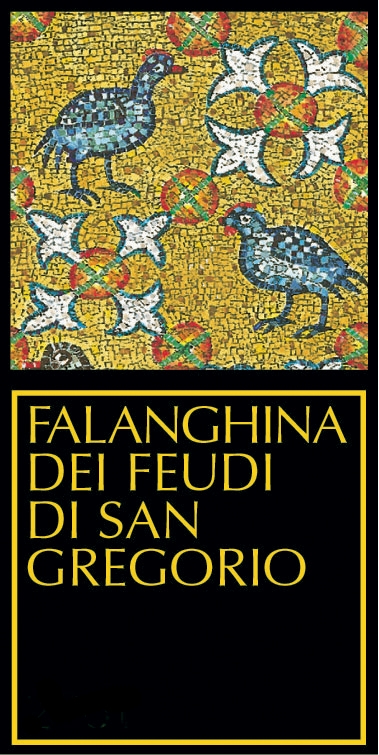Burrata (Boor-RAH-tah) is a silky, creamy, fresh cheese originating from the Puglia area of Italy.
Burrata was originally made from water buffalo milk, but today it is usually made from pasteurized cow's milk.
The soft, elastic exterior is white and glossy, and the pure white interior is creamy and soft. It has a buttery texture and a fresh, milky flavor.
Burrata is Italian for buttery, which is a perfect description of the texture of this cheese's interior.
If you are a fan of creamy cheese, then you are going to love burrata!
 Burrata comes from Puglia, which is known as "Italy's breadbasket". Puglia's terrain is flatter than most of Italy's, and many crops are grown there.
Burrata comes from Puglia, which is known as "Italy's breadbasket". Puglia's terrain is flatter than most of Italy's, and many crops are grown there.Puglia's flat terrain means that it is one of the few areas where cows can graze. Burrata is one of the few Italian cow's milk cheeses made south of Rome.
Burrata resembles mozzarella, but only on the outside.
Burrata is a hollow bag of mozzarella that has been stuffed and formed into a ball. This is a relatively modern cheese, having been developed in the 1920s as a way to use scraps leftover from making mozzarella di bufala.
 Making burrata starts with the same process used to make mozzarella.
Curds are heated in hot whey and stretched until they become elastic.
Then the similarity ends.
Making burrata starts with the same process used to make mozzarella.
Curds are heated in hot whey and stretched until they become elastic.
Then the similarity ends.Instead of forming the curds into a ball of mozzarella, the cheesemaker makes a thin bag from the stretched curds, stuffs the bag with pieces of uncooked mozarella curds, and then tops up the bag with cream. The bag is then twisted into a ball.
When you cut the ball open, you'll see that the cream mixture is now thick and spreadable as it spills out of it's mozzarella bag.
The interior of the cheese begins to ferment, which creates a little more flavor than mozzarella, and there will be a slightly tangy finish.
This cheese is meant to be eaten right away.
Artisan Italian burrata is wrapped in the asphodel leaves, and in Pulia, asphodel buds are preserved in olive oil to be used as a condiment.
The leaves are a good indication of the cheese's freshness. A dried out leaf means a dried out cheese.
 |
| Asphodel |

The thin shell of mozzarella should be soft and supple - just thick enough to prevent the cream-filled middle from spilling out. If it's chewy and rubbery, your burrata is getting a bit old.
Burrata has a luscious texture and a mild flavor.
Burrata is great by itself on crusty bread, and I like it for breakfast on some toasted nut bread. While it is great alone, it pairs well with many things.
Burrata goes well with fruit - I like it with figs or peaches - but it also goes well with earthy greens like arugula, stewed leaks, or fiddleheads.
Burrata makes a great substitution for mozzarella in a caprese salad. Its August, so the tomatoes in your garden should be ripe by now. Try substituting arugula for the basil!
Burrata should be eaten fresh, and considering how long it takes to transport something from Italy, your best bet may be to look for an American producer. Bel Gioioso (Wisconsin) is easy to find in grocery stores (sometimes you can find it at Trader Joe's), but keep an eye out for Di Stefano (California), Giota (California), or Maplebrook (Vermont).
A mild cheese needs a mild beverage.
 For a wine to pair with burrata, look for a crisp, dry white wine. A nice Italian wine pairing might be Falanghina, which comes from the west coast of Italy near Naples. You could also try Grillo, which is from Sicily. Both wines are light, crisp, and fruity, which will complement burrata's flavor.
For a wine to pair with burrata, look for a crisp, dry white wine. A nice Italian wine pairing might be Falanghina, which comes from the west coast of Italy near Naples. You could also try Grillo, which is from Sicily. Both wines are light, crisp, and fruity, which will complement burrata's flavor.The delicate flavor will be overshadowed by big, bold wines, but if you want a Italian red wine to drink, look for Primitivo, which is a close relative of Zinfandel. Both wines make wine that tastes of peppery blackberries and is low in tannins. If you find a wine shop that carries Primitivo, look for Primitivo di Manduria, which is an area, not a producer. The label should not say Dolce Naturale - that's a sweet dessert wine.
If you want to pair beer with burrata, the creamy texture of hefeweizen is a good match. The silky texture of the beer mirrors the texture of the cheese, while hefeweizen's bready and fruity flavors complement the cheese.
Go slice into a burrata and let summer go out in a blaze of glory!



never heard of this cheese before. You make it sound delicious!
ReplyDeleteOh, it is!
Delete